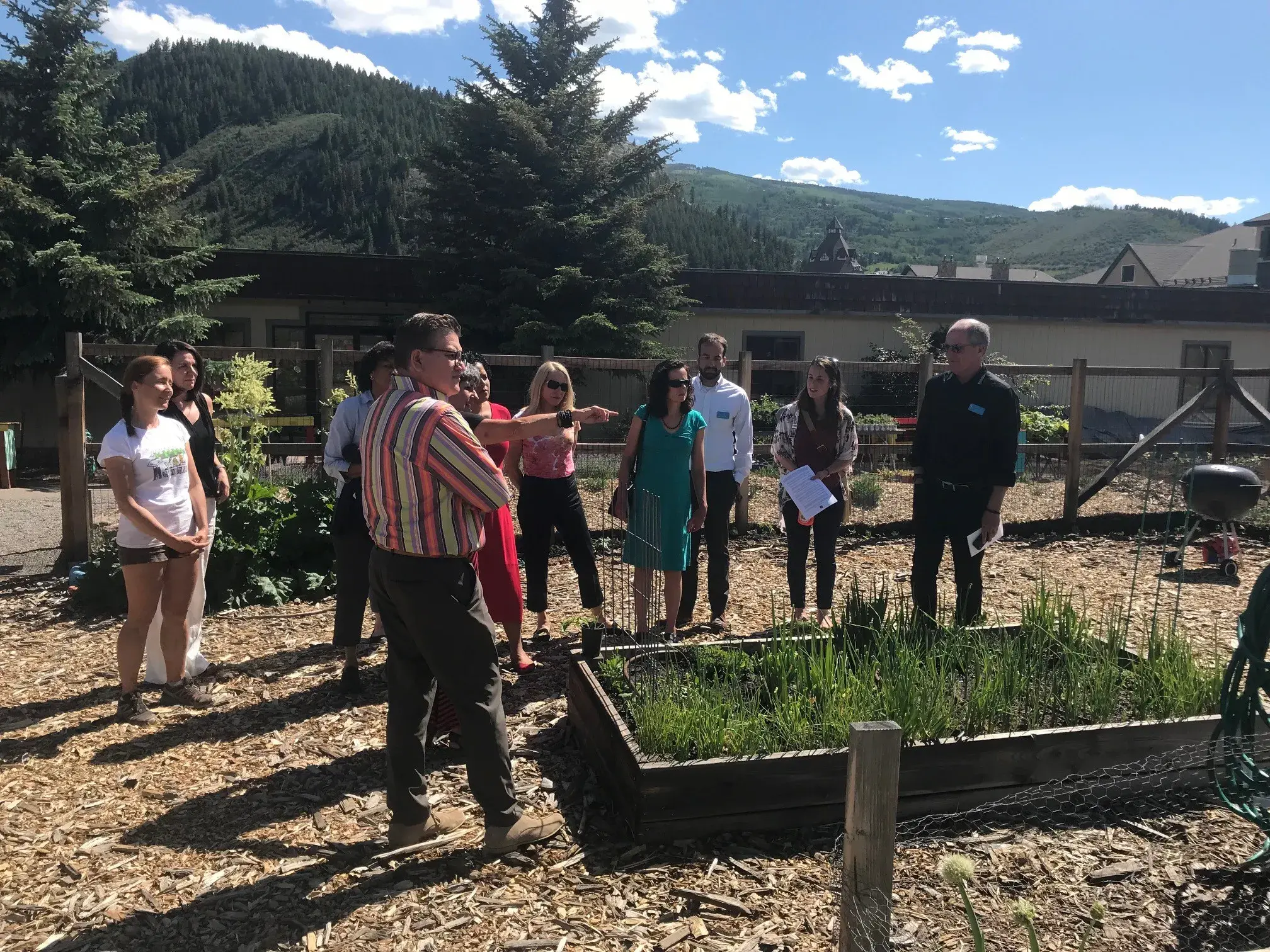I remember it was a cold February evening. I was on an airplane about ready to disconnect for the flight when I noticed the Grantee Perception Report hit my inbox. I couldn’t resist quickly scanning the report on my tiny phone screen, eager to gather the major takeaways and begin thinking through how we could use the data to improve our philanthropy practice.
The world has changed so dramatically since that evening – it almost feels as though I’m recalling something from another era. Yet, while so much is different about our world and our work, our commitment to listening, building strong relationships and our intent to bring health in reach for all Coloradans remains constant. As part of that commitment, we are sharing the full results from the survey with you, as well as our ideas for how we should use the insights to inform our work.
This is the fourth Grantee Perception Survey the Foundation has conducted since 2008 in partnership with the Center for Effective Philanthropy (CEP). It’s an important tool to help us understand how well we are living into our organizational values, our cornerstones and our aspirations for practicing philanthropy.
The data paints a picture, and results from the 426 survey respondents were rich in perspective – showcasing both positive trends and opportunities for improvement.
Generally, the Foundation saw positive trends in grantee ratings across the report. More specifically, grantees in 2019 rated us significantly higher than those in 2015 did. The following measures are where we noted most improvement:
- Understanding of contextual factors affecting grantees’ work
- Awareness of challenges facing grantees’ organizations
- Overall transparency
- Openness to grantees’ ideas about its goals and strategy
- The helpfulness of its selection process in strengthening grantees’ organizations and programs
CEP’s summary of the findings also note that “… ratings from more recent grantees trend higher for nearly all measures in the survey.” That is, respondents who had grants beginning in 2019 gave generally higher scores across a wide variety of measures. We believe this indicates that the Foundation is moving in the right direction in terms of building strong and effective relationships with our grantees.
The report also highlights opportunities for improvement, which include: understanding of grantees’ organizations; responsiveness; relationship management, including how we transition grants when program officers leave, change positions, etc.; and clarity and consistency of communications.
After reviewing and discussing these findings with our program officers and other team members, we identified a few of priorities for action.
- We will continue to use the Community Engagement IMPACT Practice Model to guide our approach. The model specifies the competencies that we believe are essential to the way we practice philanthropy, in service of our mission and aligned with our cornerstones. We’ve adapted our regular capacity building sessions to our current work-from-home environment. We are considering what adaptations we need to make to ensure that we are engaging with communities across the state, even as the pandemic prevents us from traveling and having in-person meetings.
- We will revisit and revise practices for program officer transitions. We know that the transition from one program officer to another is a very important moment in the relationship between the Foundation and a grantee. The data and many of the comments tell us that we need to handle these transitions with greater care, ensuring that there are clear communications and hand-offs.
- We also need to continue to evaluate our communications for consistency and clarity. As we have heard in previous surveys, program officers play a very important role in communicating about the Foundation’s work and funding priorities. We will continue to center the role of the program staff in communicating about our funding priorities while also ensuring that other communications channels are clear and consistent.
Strengthening our efforts to center on equity in all that we do often results in shifting relationships and power dynamics. This underscores the critical importance that we build relationships in community that can sustain through changing tides. Building strong and trusting relationships with grantees is core to our community engagement approach, and how we intend to show up as partners. The survey data both affirms our commitment to the IMPACT Practice Model and offers us a vision for intentionally refining that approach.
The survey also dug deeper into equity – both about grantees’ perceptions of the Foundation’s work to advance diversity, equity and inclusion (DEI), as well as questions about the work that grantees are doing to advance DEI within their organizations and communities. These questions yielded valuable information for us to consider as we continue to advance equity in our own policies and practices, in addition to understanding where are grantees are and how we can support them in their DEI journey.
We are honored that grantees took time out of their busy schedules to complete the survey and share their perspectives with us. We’re committed to listening, learning, evolving our practices and being transparent with you as we go.
Read the full report and key findings for results from the recent Grantee Perception Survey.

